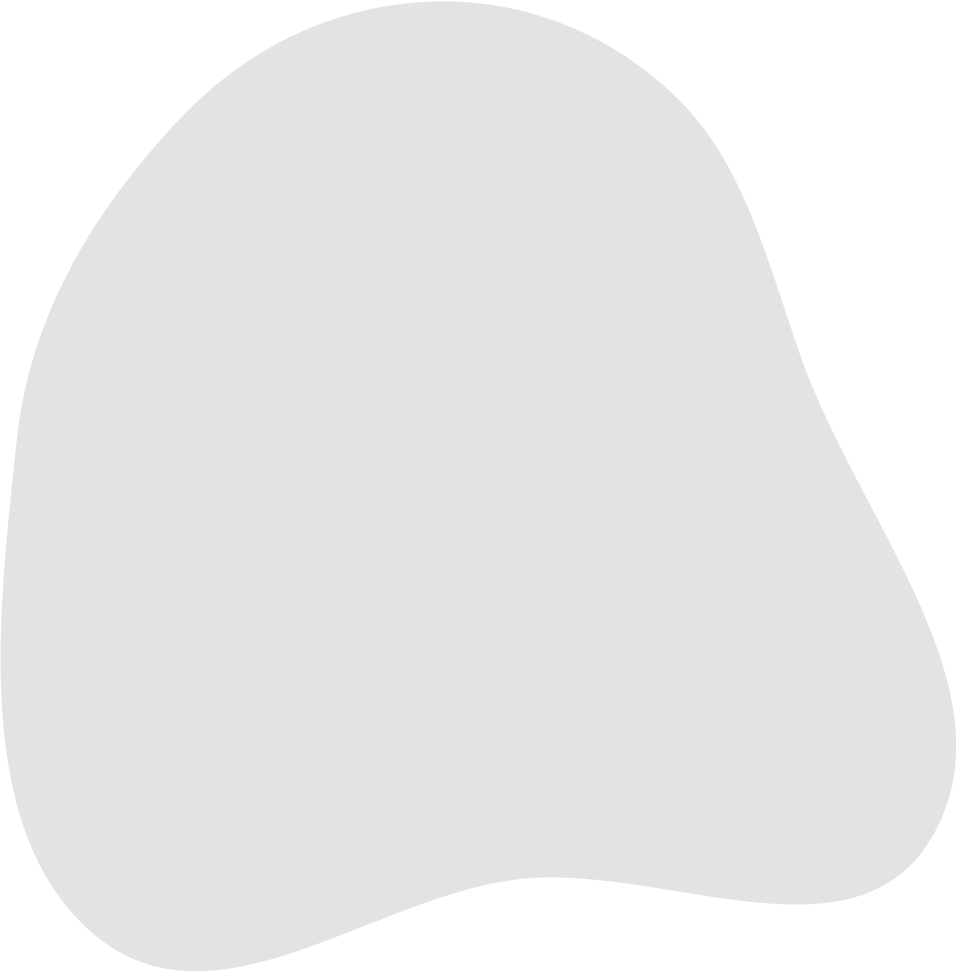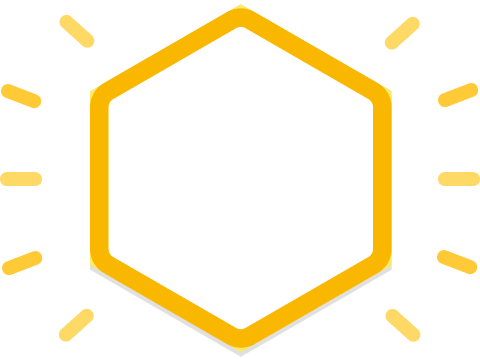How to make a paper airplane
Fold and test a paper airplane using step-by-step creases, simple measurements, adjustments, and flight trials to improve distance and stability. Download the PDF for complete instructions.


Step-by-step guide to fold and test a paper airplane
Step 1
Place the sheet of paper on a flat surface so you have lots of room to fold.
Step 2
Fold the paper lengthwise so the long edges meet and press firmly to make a strong center crease.
Step 3
Open the paper flat so the center crease line is visible as a guide.
Step 4
Fold both top corners down so their outer edges meet the center crease and press the folds.
Step 5
Fold the new top edges toward the center crease to make a sharper pointed nose and press the creases.
Step 6
Fold the paper in half away from you along the center crease so the pointed nose is on top.
Step 7
Fold both wings down by bringing the top edges to meet the bottom edge of the body and crease each wing firmly.
Step 8
Fold about 5 mm of each wingtip up to make small winglets and press the creases.
Step 9
Add a small piece of tape or clip a paper clip to the nose to add a bit of weight for stability.
Step 10
Mark a start line on the floor with a piece of tape or place your foot on the line so you throw from the same spot each time.
Step 11
Throw the plane with a smooth level wrist motion from the start line to see how it flies.
Step 12
Measure the flight distance from the start line to where the plane landed using a tape measure or ruler and write down the number.
Step 13
Make one small adjustment such as bending the trailing wing edges up about 2 mm to reduce diving or moving the nose weight slightly forward to improve stability.
Step 14
Throw the plane again from the same start line to test the effect of your adjustment.
Step 15
Share your finished creation and what you learned about distance and stability on DIY.org
Final steps
You're almost there! Complete all the steps, bring your creation to life, post it, and conquer the challenge!


Help!?
What can I use instead of the tape or paper clip for nose weight if I don't have them?
If you don't have tape or a paper clip, press a small coin or washer onto the folded nose or stick a tiny ball of putty/Blu Tack under the tip to add the stability weight mentioned in the instructions.
My plane keeps diving or flipping—what step should I check or change?
Make sure the center crease and wing creases are sharp and symmetrical, then follow the troubleshooting step to bend the trailing wing edges up about 2 mm or slightly move the nose weight forward/back to reduce diving or flipping.
How can I adapt this folding activity for different ages?
For younger children have an adult pre-fold the center crease and help with the 5 mm winglets, elementary kids can follow all folds with a ruler for the 5 mm/2 mm tweaks, and older kids can experiment precisely with nose weights and record distances themselves.
What are simple ways to extend or personalize the paper airplane project?
Decorate the wings, try different nose weights (coin, paper clip, folded paper), vary winglet size, keep a flight-distance log of each adjustment, and share photos and results on DIY.org as the instructions suggest.
Watch videos on how to fold and test a paper airplane
How to Make a PAPER AIRPLANE!! - (Easy for Kids!)
Facts about aerodynamics for kids
✈️ The world record for the farthest paper airplane flight is 69.14 meters (226 ft), set in 2012 by Joe Ayoob with a plane designed by John Collins.
🧪 Paper airplanes are used in schools and by engineers to teach basic aerodynamics—lift, drag, weight, and balance—because they're cheap and easy to test.
📄 Paper choice affects performance: heavier paper adds momentum for distance throws, while lighter paper helps the plane glide and stay aloft longer.
🧩 Simple paper planes usually take fewer than 10 folds, while traditional origami designs can use hundreds of precise creases—practice makes perfect!
📏 Small measurement tweaks matter: shifting a plane's center of mass by just 1–2 mm can change its stability and flight distance.
How do you fold and test a paper airplane to improve distance and stability?
What materials do I need to fold and test this paper airplane?
What ages is this paper airplane activity suitable for?
What are the benefits, safety tips, and variations for this paper airplane activity?
Get 7 days of DIY for FREE!




